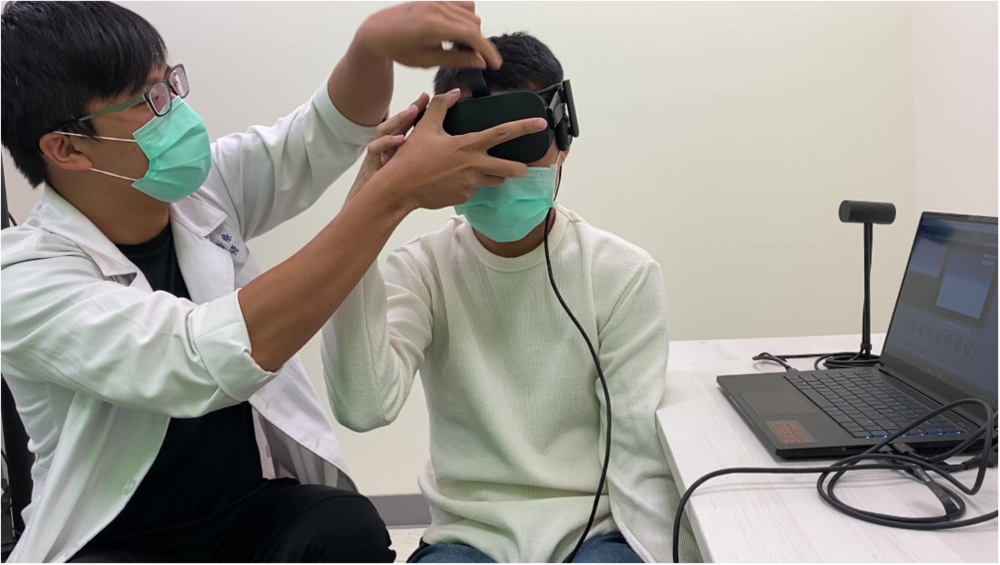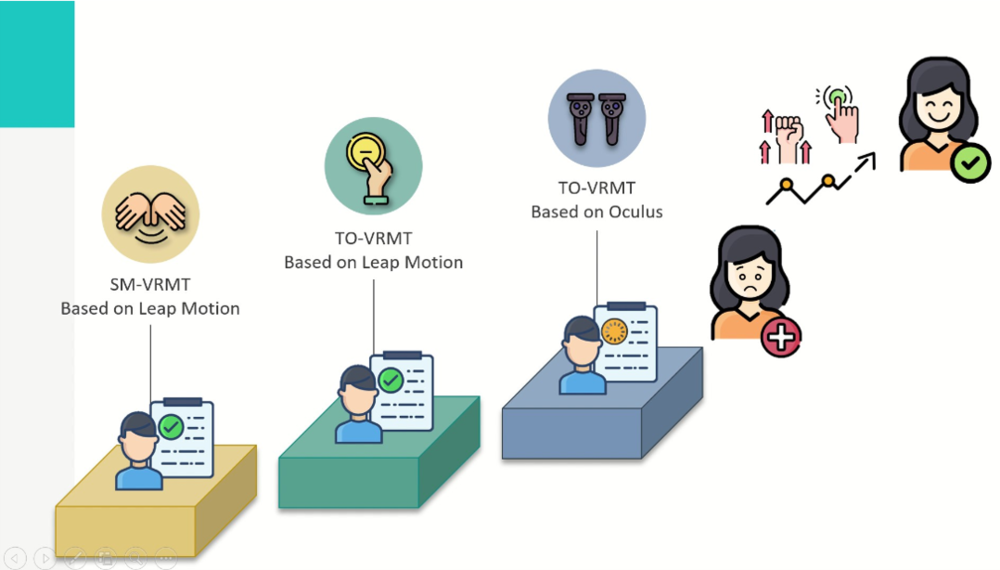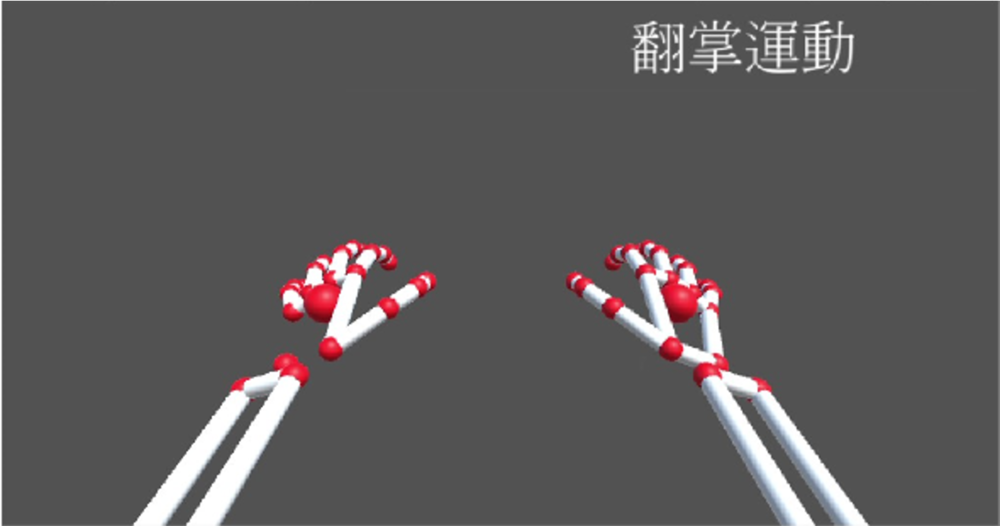NCKU VRMT System Won a Silver Medal in 2020 gSIC-REAT: A Great Success in Improving Upper Limb Motor Function in Patients with Hemiparesis
NCKU Virtual Reality Mirror Therapy (VRMT) team, an innovative cross-functional team, composed of multi-disciplinary members from the Department of Biomedical Engineering at National Cheng Kung University (NCKU) and the Department of Physical Medicine and Rehabilitation at NCKU Hospital. The clinical trial of NCKU Hospital has proved the efficacy of the VRMT system, which is able to enhance upper limb motor functions of stroke patients. NCKU VRMT team won a silver medal among 30 international competitors in the Technology Category in 2020 Global Student Innovation Challenge - Rehabilitation Engineering and Assistive Technology (gSIC-REAT).

Through healthy competition, gSIC-REAT aims to provide a platform for students who devote to developing innovative rehabilitation engineering technology or assistive technology devices that can improve patients’ life quality. In 2020, the Technology Category of gSIC-REAT explicitly demands that contestants should apply engineering principles to product development so as to realistically verify and solve the problems faced by stroke patient. The success of NCKU VRMT team lies in a well-integrated approach throughout various stages which will implement the VRMT technology in clinical rehabilitation effectively: concept development, systematic product development process, and clinical trials.

Since VR technology is widely applied in healthcare settings and everyday life, incorporating virtual therapy in clinical practices has been an ongoing effort in recent years. NCKU VRMT team is highly praised by its smart medical intervention which is built on occupational therapists’ expert advice, experiences and clinical needs. The VRMT-based rehabilitation program collaborates with medical engineering team of NCKU hospital to facilitate the implementation of treatment for patients with hemiparesis due to stroke. When patient cohorts receive immersive virtual reality intervention through stages of rehabilitation, their recovery will be significantly enhanced and their willingness to participate in rehabilitation will be increased.

Traditional mirror therapy has certain limits—the size of the mirror, activity space, the inability to perform Activities of Daily Living (ADLs), and outside disturbances during the therapy. In order to resolve problems of traditional mirror therapy mentioned above, NCKU VRMT team has optimized the current rehabilitation program with the virtual setting. Additionally, the VRMT-based rehabilitation program has added haptic feedback in the virtual setting; therefore, patients will get both visual feedback and touch feedback at the same time. This is a groundbreaking medical advance because VRMT system provides patients much better and more effective therapeutic experience than traditional mirror therapy.

With the strong support of Dr. Yu-Ching Lin, director of the Department of Physical Medicine and Rehabilitation at NCKU Hospital, the Associate Professor Hsiu-Yun Hsu, who also serves as the occupational therapy team leader of the Dept. of Physical Medicine and Rehabilitation at NCKU Hospital, and a team of clinical therapists, worked together to draft and verify the implementation of VRMT. In addition, the engineering design of VRMT was led by the Assistant Professor Che-Wei Lin of Department Biomedical Engineering and his students: Shang-Ming Liu, Yu-Chia Shih, Fang-Yu Lee, Febryan Setiawan, and Pei-Hsuan Huang. NCKU VRMT team will give thanks for MOE’s Training Program for Interdisciplinary Talents of Biomedicine and New Agriculture, Department of Biomedical Engineering, and Medical Device Innovation Center at NCKU. NCKU VRMT team also wants to express their sincerest gratitude to the funding from Ministry of Science and Technology and NCKU-SCMH R&D Project. Without their strong support, this innovative technology cannot become a reality and benefit patients with hemiparesis.
